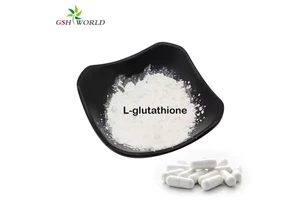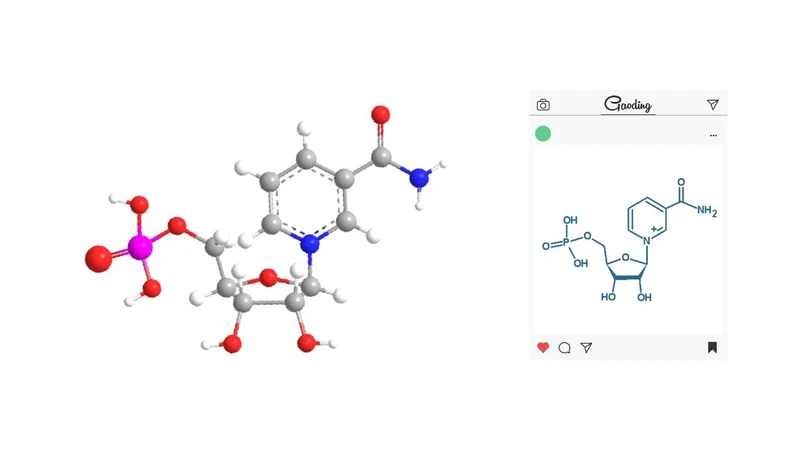Mechanism of glutathione promoting root elongation in rice under aluminum stress
Recently, The research group of Jiang Dexing, College of Life Science and Chemistry and Chemical Engineering, Jiangsu Second Normal University, and Chen Guoxiang, College of Life Science, Nanjing Normal University, jointly published the title "Glutathione mitigates" in the TOP botany journal Plant Physiology and Biochemistry aluminum toxicity in root-apex transition zone of rice through reducing aluminum absorption and maintaining redox "balance" research paper.

Aluminum (Al3+) toxicity is considered to be a major constraint on crop growth and yield in acidic soils.
Plant apex is the main target of aluminum toxicity, especially the transition region between the apical meristem region and the distal elongation region has been identified as the key region for plant perception and response to aluminum toxicity (Jiang et al., 2022).
Previous studies by Dr. Jiang Dexing showed that silica-activated AsA-GSH cycle significantly increased the content of reduced glutathione (GSH) in the transition zone of rice root tip, thereby reducing the oxidative damage induced by aluminum toxicity (Jiang et al., 2023).
On the basis of previous studies, this study further explored the mechanism of glutathione's involvement in aluminum stress tolerance.
The team found that exogenous administration of glutathione alleviated oxidative stress by activating the apical transition zone ASA-glutathione cycle and proline synthesis to clear the aluminium-induced H2O2 burst when rice was subjected to aluminum toxicity.
Glutathione significantly decreased the pectin content in the root tip transition zone under aluminum stress, inhibited H2O2-induced PME activity and the degree of pectin demethylation, and reduced the binding sites and deposition of aluminum in the cell wall, thus alleviating the inhibition of aluminum toxicity on rice root growth.
Phytochelatin derived from glutathione may play an important role in aluminum detoxification in apical transition cells and aluminum chelation in vacuoles.
This study reveals the positive role that glutathione plays in aluminum stress tolerance, which will help develop practical strategies to protect crops from aluminum poisoning in acidic soils.

Dr. Jiang Dexing from Jiangsu Second Normal University is the first author of the paper, and Professor Chen Guoxiang from Nanjing Normal University is the corresponding author.
This research was supported by the Natural Science Foundation for Universities of Jiangsu Province (23KJB180004), the Independent Innovation Project for Agricultural Science and Technology of Jiangsu Province (CX173022) and the Innovation and Entrepreneurship Training Program for College Students of Jiangsu Province (202414436061Y).
References:
Jiang DX, Xu H, Zhang Y, Chen G. Silicon mediated redox homeostasis in the root-apex transition zone of rice plays a key role in aluminum tolerance. Plant Physiol Biochem. 2023, 201:107871.
Jiang D, Wu H, Cai H, Chen G. Silicon confers aluminium tolerance in rice via cell wall modification in the root transition zone. Plant Cell Environ. 2022, 45(6):1765-1778.
The original link: https://doi.org/10.1016/j.plaphy.2024.109366











